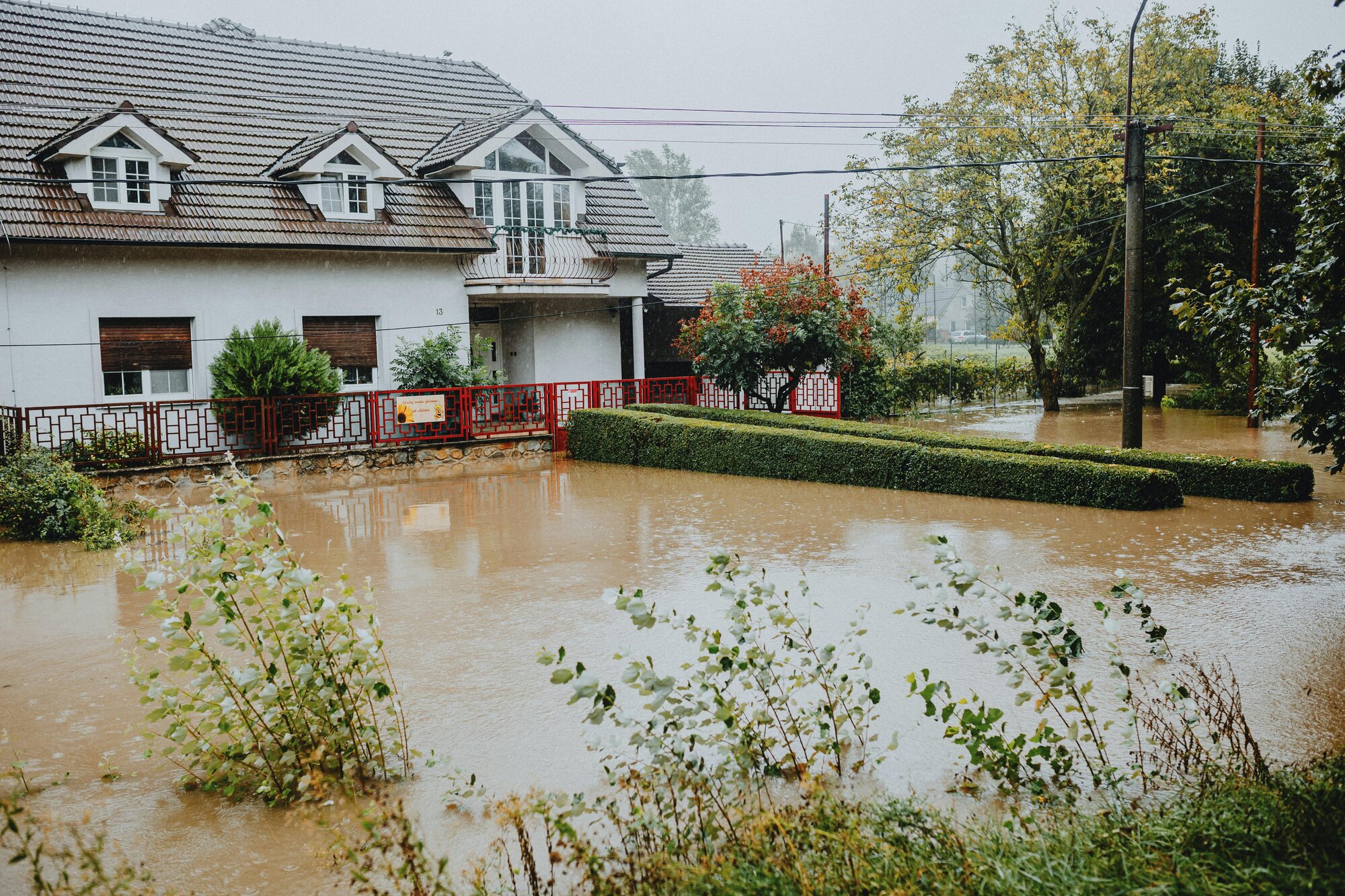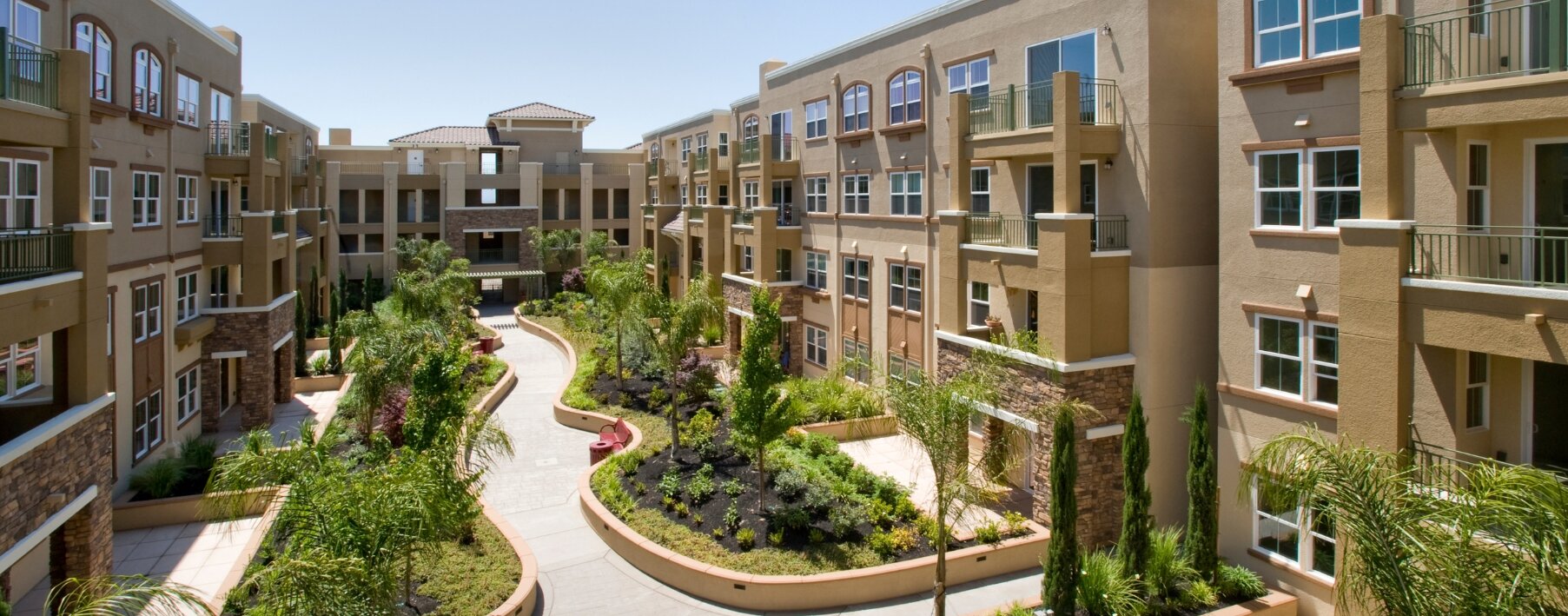Why You Need Hazard Insurance for a Condo: Top Benefits

Wondering if you really need hazard insurance for your condo? The answer is almost always a resounding “yes.”
Say a natural gas pipe is installed incorrectly and causes a small explosion in your building. Or your upstairs neighbor's washing machine malfunctions and causes water to flood into your unit.
Your condo association's insurance would typically cover the damage to the building itself, but everything inside your unit — the damaged drywall, flooring, and your personal items — could be your responsibility if you don’t have hazard insurance (also known as an HO-6 policy).
Still not convinced? Here’s why you should consider hazard insurance for your condo.
Key takeaways
- Hazard insurance for condos typically covers your unit's interior and personal belongings against specific perils like fire, theft, explosions and some water damage.
- Most policies don't cover external structures, floods, earthquakes or wear and tear.
- Most mortgage lenders and condo associations will require you to have hazard insurance for your condo.
- On average, condo insurance costs $656 annually, but prices vary based on location and coverage levels.
- As with any type of homeowners insurance, shopping around for a policy will help you find the best price.
What is condo hazard insurance?
Condo hazard insurance is a type of coverage specifically for people who own a unit within a condominium. It protects the interior of your condo unit (aka, the part that you own) from unexpected damages.
Similar to regular home insurance, hazard insurance for condos commonly covers damages caused by:
- Fire or smoke.
- Windstorms or hail.
- Theft or vandalism.
- Explosions.
- Weight of ice, snow, or sleet.
- Burst pipes.
Why you should consider condo hazard insurance
Regardless of the type of master policy your condo association has, it will not cover the belongings inside your unit. It will also not cover your liability if you accidentally damage someone else’s unit, say from a flooded bathtub or kitchen fire. Not to mention, you most likely need hazard insurance on your condo as a condition of your mortgage or as a requirement of your condo association.
What is a condo master hazard insurance policy?
When you own a condo, there are typically two policies that work in tandem: the individual policy you own and the condo master hazard policy your association owns. This master policy typically covers the building's exterior and any community spaces, such as:
- The roof and outer walls.
- Elevators.
- Lobbies and hallways.
- Swimming pools, gyms and rec rooms.
- Courtyards and gardens.
The master policy covers common areas and the building itself. Depending on your association's policy, it may have one of these three policies:
- All-in (covers exterior and interior finishes, including doors, windows, flooring, light fixtures and cabinets).
- All-in excluding improvements or betterments (covers original interior finishes but not any upgrades or changes you make).
- Bare walls or walls out (covers only exterior finishes up to the sheetrock and subfloors. You’re responsible for light fixtures, cabinets and other appliances inside your unit.
What does hazard insurance for a condo cover?
Condo hazard insurance, often called "walls-in" coverage, typically protects your:
- Internal structure—this includes anything that’s not covered by your condo association’s master policy.
- Personal property—typically covers your belongings, such as furniture, clothing, electronics, and jewelry, whether inside your condo or elsewhere. For example, it can help replace your laptop if it’s stolen from your car.
- Personal liability—if someone makes a liability claim against you for damages.
- Loss of use—pays for additional living expenses like hotel stays and meals if you can’t live in your condo after a covered issue.
What does hazard insurance for a condo not cover?
Exclusions vary by policy, but condo hazard insurance generally doesn’t cover:
- External structures—the building's exterior, roof and common areas.
- Specific natural disasters—this includes floods, earthquakes, hurricanes and sinkholes, which may require separate catastrophe insurance.
- Normal wear and tear—gradual deterioration or damage from lack of maintenance.
- Pest damage—issues caused by insects, rodents, bats and other pests.
- High-value items—expensive jewelry, art, or collectibles may require scheduled property coverage.
- Business-related losses—if you run a business from your condo, you may need separate business insurance.
Myths vs. facts about condo hazard insurance
Myth: Condo hazard insurance is the same as the association's master policy.
Fact: Your individual policy covers your unit's interior and personal belongings—the master policy typically covers community areas and the building's exterior.
Myth: Hazard insurance covers all types of damage.
Fact: Standard policies have exclusions, such as neglect, normal wear and tear and damage from floods, hurricanes and earth movements.
Myth: It's unnecessary if you don't have many valuables.
Fact: Hazard insurance protects more than just your belongings; it covers your unit's interior and provides liability protection. It can also help you pay for living expenses if you can’t live in your condo while it’s being repaired from a covered loss.
Condo hazard insurance cost
Condo insurance costs are $656 per year or $55 per month on average. But prices can vary depending on:
- Your location (state and neighborhood).
- The amount of coverage you choose.
- Your condo's value and features.
- Your deductible amount.
- Your claims history.
For example, condo insurance in Louisiana averages $1,093 annually, while in Wyoming, it's only $272. Coverage amounts also impact cost — a policy with $100,000 in coverage might cost around $857 per year, while one under $14,000 could be as low as $395.
The best way to estimate price is to get quotes from at least three condo insurance companies.
How to get condo hazard insurance
Since hazard insurance is a must for most condo owners, you can use these steps to find the right policy:
- Estimate how much coverage you need based on what your condo association’s master policy covers and how much your personal belongings are worth.
- Research companies specializing in condo insurance and get online quotes from at least three insurers.
- As you compare quotes, pay special attention to coverage limits, exclusions and deductibles. These will vary by insurer.
- Ask any lingering questions you have before you sign anything.
- Purchase the policy that best fits your needs and budget.
- Review your coverage annually to make sure you’re not over or under-insured.
Glossary of terms
You may come across these terms as you shop for hazard insurance for your condo. Rather than scratching your head, we compiled this glossary to help you understand what they mean. (Please note, these terms may vary based upon insurance carrier and available coverage.)
- Actual cash value (ACV)—the depreciated value of an item at the time of loss.
- Replacement cost value (RCV)—the cost of replacing damaged items with new ones of similar quality.
- Deductible—the amount you pay out-of-pocket before insurance coverage kicks in.
- Dwelling coverage—insurance for the interior structure of your condo unit.
- Liability coverage—protection against legal responsibility for injuries or property damage to others.
- Loss assessment coverage—helps pay your share of a covered loss in a common area.
- Named perils—specific events or risks covered by your policy, such as fire or theft.
Personal property coverage—insurance for your belongings within the condo.
Still have questions?
Interested to learn more about condo hazard insurance? Here are some frequently asked questions by unit owners to help you understand this type of coverage better.
What is the difference between title insurance and hazard insurance?
Title insurance and hazard insurance are quite different. Title insurance protects you against claims on your property's ownership, such as undisclosed liens or ownership disputes. It's typically a one-time fee paid at closing. Hazard insurance protects your condo's interior and personal belongings from damage or loss due to specific perils like fire or theft. It's an ongoing expense, usually paid monthly or annually.
How much condo hazard insurance do I need?
The amount of condo hazard insurance you may need depends on the value of your condo and personal belongings, as well as the type of master policy your association has. If your association has bare walls coverage, you may need higher limits for your individual policy. If it has an all-inclusive policy, you may need less coverage. Getting an appraisal of your unit and conducting a home inventory can help you determine how much coverage you need. Your mortgage lender may also have specific requirements.
Is hazard insurance the same as homeowners insurance?
Hazard insurance is part of homeowners and condo insurance, not a separate policy. It’s the part of your policy that specifically covers damage from hazards like fire, hail, falling options and theft. In addition to hazard insurance, your policy may include liability protection, personal property coverage, and coverage for additional living expenses.
Can I remove hazard insurance from my mortgage?
Generally, you can’t remove hazard insurance if you have a mortgage. Most lenders require hazard insurance as a condition of your loan agreement. Even if you're mortgage-free, it's highly advisable to maintain hazard insurance. Removing this coverage could leave you vulnerable to major out-of-pocket expenses if your condo is damaged.
Is hazard insurance tax deductible?
In many cases, hazard insurance premiums are not tax deductible if the condo is your personal residence. However, part of it may be deductible if you rent your condo or use it for business purposes. Talk to a tax professional for advice on what (if anything) you can deduct.



